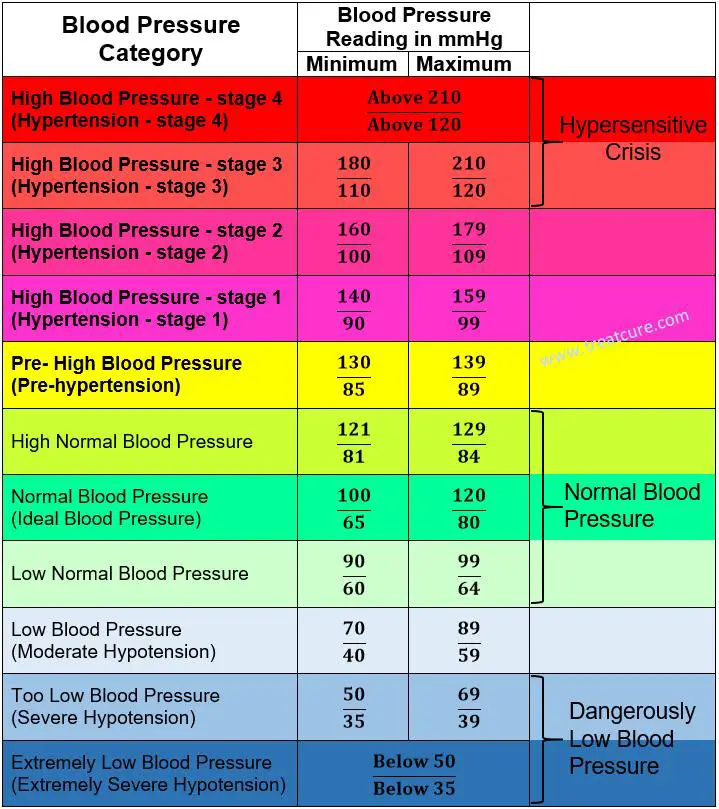

#MAYO CLINIC CALORIE CALCULATOR PROFESSIONAL#
Never disregard or delay seeking professional medical advice because of something you have read within the website content. If you think you may have a medical emergency, call 911 immediately. This is to give you an idea of the relative calorie burn of various activities for a person who weighs 160 pounds (73 kilograms). Always seek the advice of your physician or other qualified healthcare provider with any questions you may have regarding a medical condition. Women: BMR = 447.593 + (9.247 x weight in kg) + (3.098 x height in cm) – (4.330 x age in years)Īll content presented are provided for informational and educational purposes only, and are not intended to approximate or replace professional medical advice, diagnosis, or treatment.Your basal metabolism rate is produced through the following basal metablic rate formula: Calculate Basal Metabolic Rateįill in the weight, height, age and sex attributes below to calculate your basal metabolism rate – Your unique metabolism rate, or BMR, is influenced by a number of factors including age, weight, height, gender, environmental temperature, dieting, and exercise habits. This includes the energy your body uses to maintain the basic function of your living and breathing body, including: Your BMR defines your basal metabolism rate which makes up about 60-70% of the calories we use (“burn” or expend). In either case, many utilize the basal metabolic rate formula to calculate their body’s metabolism rate. Commonly also termed as Resting Metabolic Rate (RMR), which is the calories burned if you stayed in bed all day. Speak with your healthcare provider if you have any questions or concerns about your weight status, or about the growth and development of your children.BMR Definition: Your Basal Metabolic Rate (BMR) is the number of calories you burn as your body performs basic (basal) life-sustaining function. Individuals with the same BMI may have different amounts of body fat. Because BMI is a screening measure based on weight and height, it is only an estimate of body fatness. Keep in mind that this BMI calculator is not meant to serve as a source of clinical guidance and is not intended to be a substitute for professional medical advice. A single BMI-for-age calculation is not enough to evaluate long-term weight status because your child’s height and weight will change as they grow. Tracking growth patterns over time can help you make sure your child is achieving or maintaining a healthy weight.

Your child’s healthcare provider may recommend you check it more often. Keep track of BMI-for-ageĬheck your child’s BMI-for-age at least once a year. Try strategies like breathing exercises, meditation, yoga, and journaling.įor more information, see Tips to Promote Healthy Eating and Physical Activity for Children and Teens. Taking time for self-care and stress reduction.Helping your child find a physical activity they enjoy, and participating in physical activity on most (preferably all) days of the week.Have your children help with cooking and let them choose healthy foods as well. Eating a healthy diet and drinking plenty of water.Practice healthy habitsĮncourage children and teens to practice healthy habits by: If your child has significant weight loss or gain, he or she should be referred to and guided by a doctor or other healthcare provider. Regardless of the current BMI-for-age category, help your child or teen develop healthy weight habits and talk with your doctor or other healthcare provider as part of ongoing tracking of BMI-for-age. This child should be seen by a healthcare provider to further assess the child’s health and determine possible causes of excess weight. This child should be seen by a healthcare provider to further assess the child’s health and determine possible causes of excess weight.īased on the height and weight entered, this child’s BMI falls in the category obesity. BMI is a screening measure, so you should continue to see a healthcare provider regularly to assess the child’s health and development.īased on the height and weight entered, this child’s BMI falls in the category overweight. This child should be seen by a healthcare provider to further assess the child’s health and determine possible causes of underweight.īased on the height and weight entered, this child’s BMI falls in the category healthy weight. Based on the height and weight entered, this child’s BMI falls in the category underweight.


 0 kommentar(er)
0 kommentar(er)
